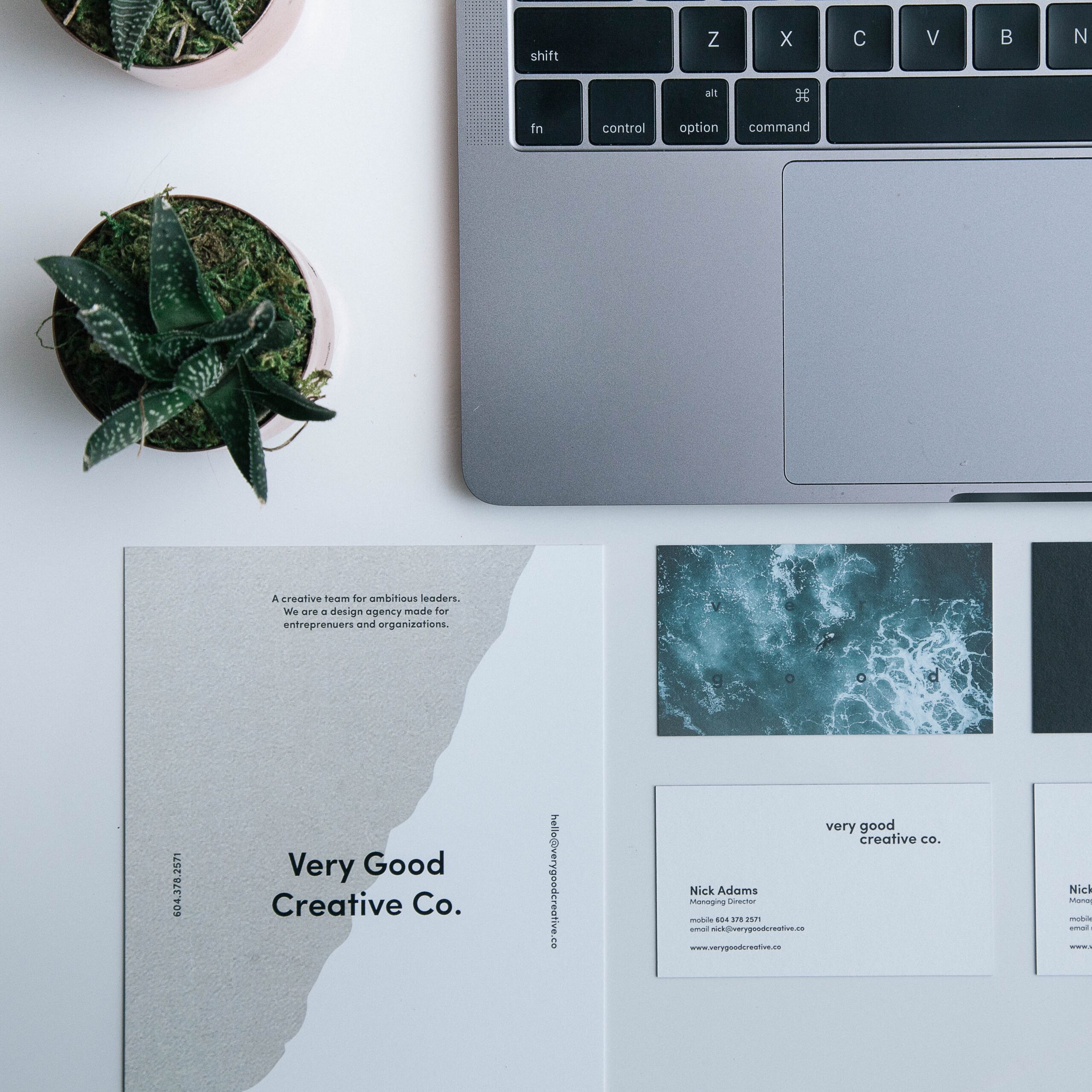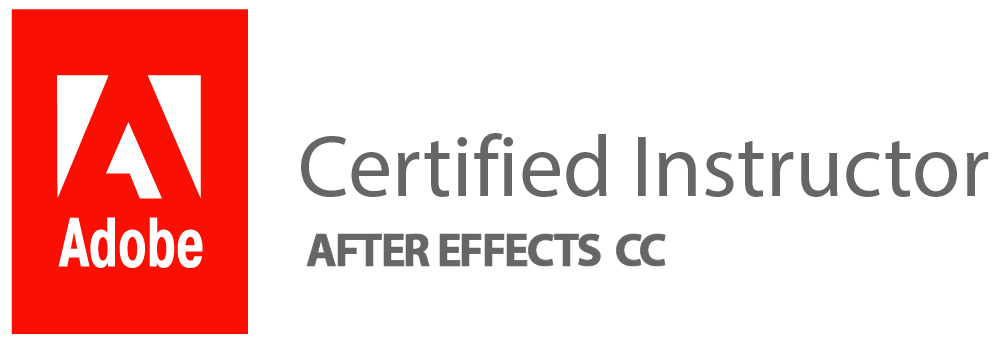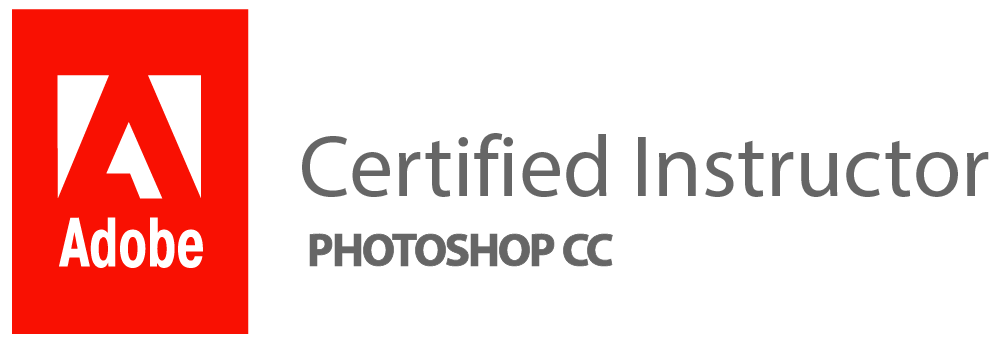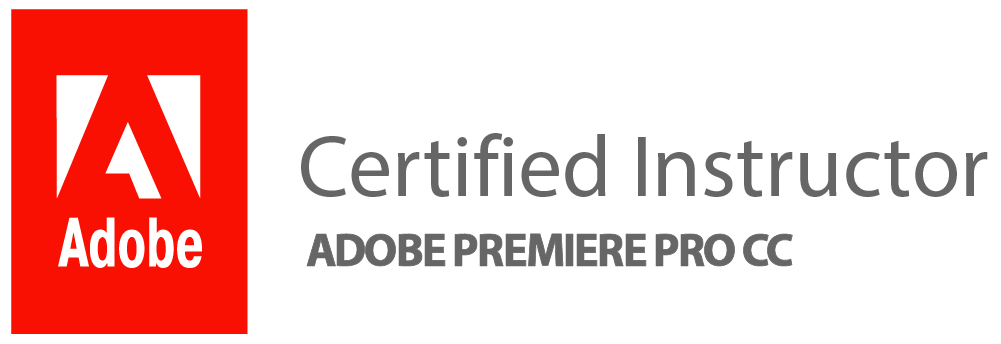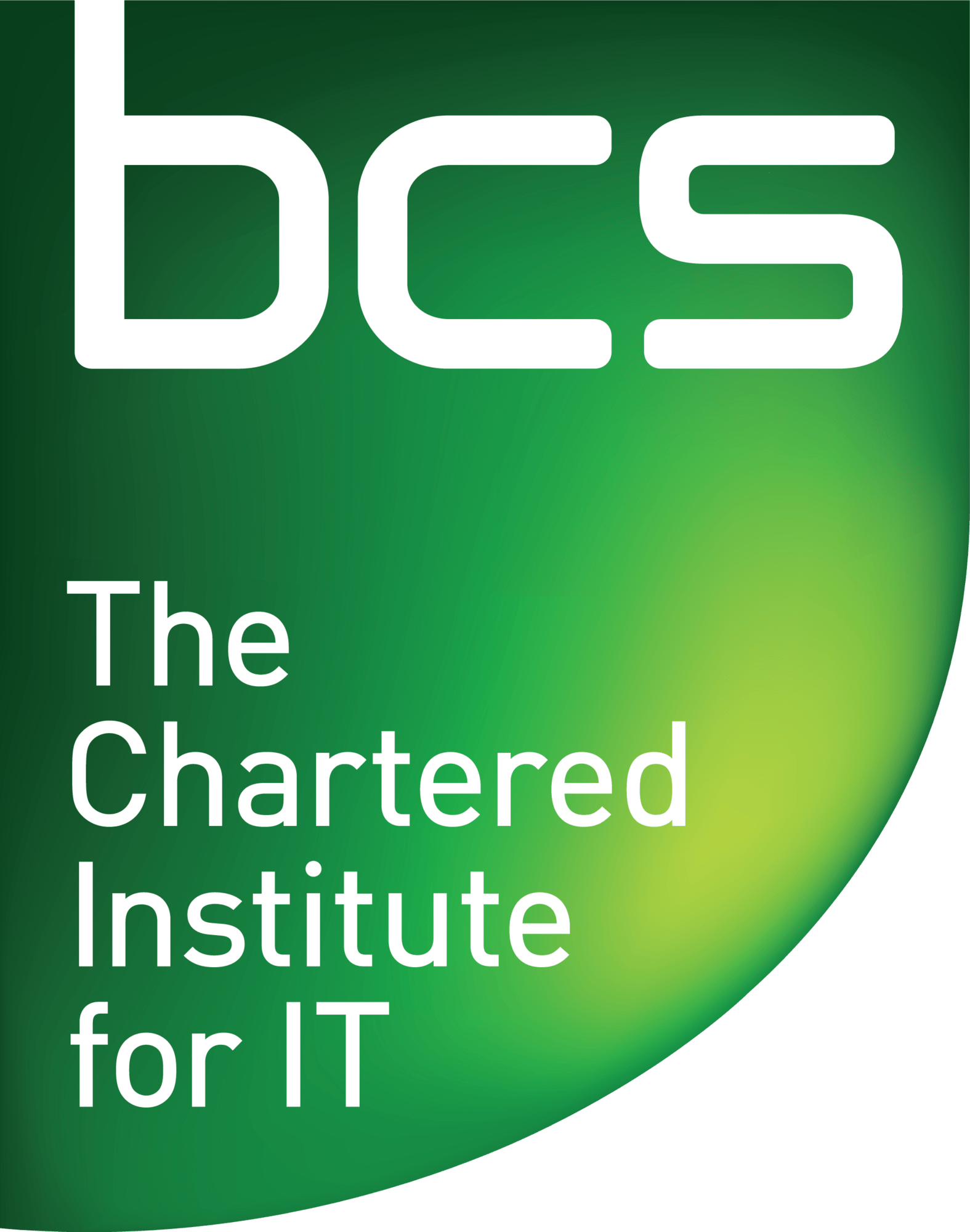Graphic Design Styles: The Ultimate Guide
Graphic design is an ever-evolving field. New styles and trends emerge every day, making it hard to keep up with the latest and greatest. But whether you’re a seasoned pro or just getting started, it’s important to know about the different types of graphic design styles out there.
This guide will introduce you to the most popular graphic design styles, including minimalism, flat design, abstract art, and more. We’ll also discuss how these styles are used in branding and marketing materials, web design, and even product packaging.
Introduction: What is graphic design?
Graphic design is the art of visual communication through the use of typography, iconography, and additional graphic elements. It is one of the most important tools in marketing and advertising today. Graphic designers use their skills to create visually appealing and effective designs that communicate a message or tell a story.
The field of graphic design is constantly evolving, and new technologies are always emerging that allow designers to create even more amazing visuals. However, at its core, graphic design is about using visual elements to communicate a message or an idea.
There are many different styles of graphic design, and each has its own unique strengths and weaknesses. Choosing the right style for your project is essential to ensuring that your message gets across clearly and effectively.
Defining graphic design
Graphic design is the process of creating visual content to communicate messages. Designers work with a variety of digital and print media, including photographs, illustrations, and typography.
Graphic design styles can be divided into three main categories:
- Traditional or classic styles that have been around for centuries and are still popular today.
- Modern styles that emerged in the early 20th century and continue to evolve.
- Experimental or avant-garde styles that push the boundaries of what is considered “traditional” or “acceptable” in the world of graphic design.
The history of graphic design
Graphic design has come a long way in its relatively short history. Starting out as a way to communicate basic ideas and messages, it has evolved into an art form that can be used to tell stories, convey emotions, and even shape public opinion.
The roots of graphic design can be traced back to cave paintings and hieroglyphics, which were some of the earliest forms of communication. As time went on, people began using more symbols and images to relay information, eventually leading to the development of written language.
Throughout the centuries, graphic design has been used for everything from political propaganda to advertising. In the 20th century alone, we saw the rise of important movements like Dada and Surrealism, which challenged traditional ideas about art and opened up new possibilities for expression.
Today, graphic design is more relevant than ever.
Defining graphic design styles
Graphic design styles can be difficult to define. Often, people use the term “graphic design” to describe any kind of visual communication, from a simple flyer to a complicated website. In reality, there are many different styles of graphic design, each with its own distinct look and feel.
Some of the most popular graphic design styles include:
- Minimalism: A clean and simple style that makes use of negative space and muted colour
- Flat Design: A style that uses basic shapes and colours, without any three-dimensional effects.
- Material Design: A style inspired by Google’s Material Design guidelines. It makes use of shadows and depth to create a sense of hierarchy.
- Skeuomorphism: A style that uses real-world objects as inspiration for digital designs.
Traditional graphic design styles
Graphic design styles can be categorized into three traditional styles: Swiss Style, Russian Constructivism, and Bauhaus.
Swiss Style is characterised by cleanliness, precision, and objectivity. It originated in Switzerland in the 1950s and was influenced by the De Stijl movement. This style is often used for corporate identity programmes and advertisements.
Russian Constructivism was an avant-garde art movement that emerged in Russia in the early 1920s. It was influenced by Vladimir Tatlin’s “counter-reliefs” (which combined painting, sculpture, and architecture) and Lissitzky’s “prouns” (abstract geometric forms). This style is often used for propaganda posters and public murals.
The Bauhaus was a German art school that operated from 1919 to 1933.
Modern graphic design styles
There are countless graphic design styles out there. However, some of the most popular ones right now include minimalism, flat design, and material design.
Minimalism is all about clean lines and simple shapes. This style is often used for corporate designs, as it conveys a sense of professionalism and sophistication.
Flat design is another popular choice, especially for web and app design. This style uses basic shapes and colours, without any 3D effects or shadows. It keeps things looking clean and streamlined.
Material design is a newer style that combines elements of both flat and skeuomorphic design. It makes use of clean lines, bright colours, and subtle shadows to give depth to designs. This style is becoming increasingly popular for both web and mobile app design.
Contemporary graphic design styles
There are a variety of contemporary graphic design styles that appeal to different audiences. Some common styles include flat design, material design, and minimalism.
Flat design is a style that emphasises simplicity and usability. This style is often used in web and mobile design, and is characterized by clean lines, bright colours, and minimalistic illustrations.
Material design is a style that was created by Google. It combines traditional graphic design principles with innovative technology. This style is often used in app and web design, and includes features such as shadows, layers, and responsive animations.
Minimalism is a style that focuses on simplicity. This style is characterised by clean lines, muted colours, and a lack of clutter. Minimalist designs are often used in branding and advertising, as they can be easily memorable and attention-grabbing.
Applying graphic design styles
Graphic design styles can be applied to a wide range of projects, from branding and marketing materials to website design and even product packaging. When it comes to choosing the right style for your project, it’s important to consider the overall tone and message you want to communicate. For example, a more playful and light-hearted style might be better suited for a children’s book cover than a corporate annual report.
Here are a few popular graphic design styles to consider for your next project:
- Minimalism: Minimalist designs are all about clean lines and simple shapes. This style is often used in modern web design and can be very effective in creating a sleek and stylish look.
- Flat Design: Flat design is another popular style that has been influenced by minimalism. The focus is on simplicity, with a flat colour palette and clean lines.
- Modern Retro: This style combines modern design techniques (such as minimalism) with classic vintage elements to create a cool combination of both old and new.
- Abstract: Abstract designs make use of bright blocks of colour and often reflect the modern style in its simplicity.
- Watercolour: A watercolour design is characterised by the use of large areas of flat or solid colours, with splashes of watercolour paint.
6 Popular graphic design styles and when to use them
Graphic design is all around us, in the ads we see, the books we read, and the websites we visit. And while you may not think about it, different types of graphic design styles can be seen in each of these places. Here are six popular graphic design styles and when to use them.
- Vintage: Vintage style graphic design is characterized by old-fashioned or antique elements. This style can be used to give your designs a nostalgic feel or to make them look more unique. When using vintage style graphics, be sure to use fonts and colours that fit with the era you’re trying to evoke.
- Modern: Modern graphic design is clean and minimalistic. It often uses sans-serif fonts and simple geometric shapes. If you want your designs to look sleek and contemporary, then modern style is the way to go.
- Retro: Retro style is a throwback to the past. It’s characterized by vintage elements like old-fashioned serif fonts, typewriter text, and more. Use retro style when you want your designs to look unique or unconventional.
- Hand-drawn: Hand-drawn graphics are done by hand, rather than digitally. They often feature sketchy lines and splotchy textures. You can use a faded watercolour style to make your designs look more organic.
- Pixelated: Pixel art is made up of tiny squares, called pixels. This style is often used to recreate retro video games and other vintage designs. It’s perfect for fun and playful designs.
- Grunge: Grunge style is a combination of messy, distorted imagery and bold, dark colours. It was originally used to make grungy posters and logos, but it’s now used in all kinds of design projects.
How to mix different graphic design styles
Graphic design styles can be mixed in a variety of ways to create interesting and unique designs. One way to mix styles is to use contrasting elements from different styles to create tension and visual interest. For example, you could combine the geometric shapes of Art Deco with the organic forms of Art Nouveau.
Another way to mix graphic design styles is to use elements from multiple styles that share similar qualities. For example, you could combine the clean lines of Swiss Style with the bright colours of Pop Art. By using elements that share similarities, you can create a cohesive design that still has plenty of visual interest.
Finally, you can also simply choose your favourite elements from different graphic design styles and combine them however you like. This is a great way to create a personal and unique style for yourself. Have fun experimenting and don’t be afraid to break the rules!
How to create a unique graphic design style
Graphic design styles are always evolving, and it can be tough to keep up with the latest trends. However, if you want your designs to stand out from the crowd, it’s important to create a unique style that is all your own. Here are a few tips to help you get started:
- Do your research. Keep up with the latest graphic design trends and find inspiration in a variety of sources. This will help you understand what’s popular and identify any gaps in the market that you could fill with your own unique style.
- Experiment with different techniques. Once you have an idea of the types of designs that you like, start playing around with different techniques and materials until you find a combination that feels right for you.
- Be consistent. Once you’ve found a style that works for you, stick with it! Consistency gives your brand a unique identity and makes it easier for your potential customers to identify you. Don’t be afraid to experiment with new styles, but keep the best of your old ones as well.
What are some of the most popular graphic design software programmes?
There are many different types of graphic design software programmes, each with its own unique features and capabilities. Some of the most popular graphic design software programmes include Adobe Photoshop, Adobe Illustrator, and CorelDRAW.
Adobe Photoshop is a widely used programme for creating and editing digital images. It offers a wide range of features and tools that allow users to create highly realistic images.
Adobe Illustrator is another popular programme used by graphic designers. It is primarily used for vector illustrations, but it can also be used for photo editing and retouching.
CorelDRAW is a comprehensive vector drawing and illustration programme that offers a wide variety of features and tools. It is often used by professional graphic designers for creating high-quality illustrations and graphics.
What are some of the most common graphic design principles?
There are a few common graphic design principles that tend to be used regardless of the specific style. These include things like balance, hierarchy, and unity.
Balance is important in order to create a composition that is not too heavy on one side or the other. This can be achieved through the use of colour, space, and type.
Hierarchy is another key principle and it helps to create a visual structure within the design. This can be done through the use of size, colour, and weight.
Unity is also important in order to make sure that all of the elements within the design work together cohesively. This can be accomplished by using similar colours, shapes, and textures throughout the design.
What are the different types of graphic design?
There are four main types of graphic design: corporate, editorial, advertising, and web design.
Corporate graphic design includes branding (logos and identity systems), marketing (communications and collateral), and environmental (signage and wayfinding). This type of graphic design is usually created by in-house teams or outside agencies hired by the company.
Editorial graphic design encompasses all forms of printed media, including books, magazines, newspapers, and newsletters. This type of graphic design is usually created by freelance designers or in-house teams at publishing companies.
Advertising graphic design promotes products, services, or ideas through visual communications. This type of graphic design is usually created by ad agencies hired by the client.
Web design encompasses everything from coding to user experience to search engine optimisation.
What is the difference between graphic design and web design?
Graphic design and web design are two distinct but related disciplines. Both involve the use of visual elements to communicate a message, but the two fields have different focus and objectives.
Graphic design is primarily concerned with the appearance of a finished product, be it a poster, advertisement, book cover, or website. Aesthetics are important in graphic design, as is the ability to communicate a clear message through the use of colour, images, and typography. Graphic designers often work with clients to determine their needs and come up with creative solutions that meet those needs.
Web design focuses on creating websites that are both functional and appealing to users. Usability is a key concern in web design, as is the need to create sites that can be accessed on a variety of devices.
How graphic design can enhance your business
Graphic design can be a powerful tool for businesses, both big and small. A well-designed logo, for instance, can help customers to remember your company and what it stands for. Good graphic design can also make your marketing materials more effective and help you to stand out from the competition.
Investing in quality graphic design can therefore be a wise move for any business that wants to improve its visibility and bottom line. However, it’s important to choose the right style of graphic design for your business. This ultimate guide will help you to understand the different options available and choose the best one for your needs.
The importance of good graphic design
Graphic design is important for many reasons. It can help communicate a message, it can create a certain mood, and it can make complex information more understandable. Good graphic design is essential for any company or organisation that wants to convey a professional image.
Graphic design can also be used to create a memorable brand identity. A strong visual identity will make your company or organization stand out from the competition. It can also help build customer loyalty and recognition.
Investing in good graphic design is an investment in your business or organization. It will pay off in the form of better communication, stronger branding, and increased customer loyalty.
6 Common graphic design mistakes
- Not proofreading your work: Always proofread your work before sending it off to a client or printing it out. A simple typo can make your whole design look unprofessional and sloppy.
- Using too many fonts: Stick to 2-3 fonts max in any one design. Using too many fonts can make a design look cluttered and messy.
- Not using enough white space: White space is important in any design, it helps to break up the text and makes the overall design more pleasing to look at.
- Incorrectly using colour: Colour can be a great way to add interest and emphasis to a design, but it needs to be used correctly. Overusing colour, or using colours that clash, can make a design look unprofessional and garish.
- Using too many graphics: Graphics can be very powerful, but they should be used sparingly. Graphics are best used for accenting other elements in a design, not the main focus.
- Using inconsistent margins: Margins are one of the most confusing aspects of any design.
The psychology of colour in graphic design
Colour is one of the most important aspects of graphic design. It can set the tone of a piece, convey a message, and create an emotional response in viewers. While there are no hard and fast rules about which colours to use in a design, there is psychology behind colour choices that designers should be aware of.
Certain colours can evoke different feelings in people. For example, blue is often associated with calmness and serenity, while red is associated with energy and excitement. Yellow is often seen as cheerful and optimistic, while black can be seen as sophisticated or serious.
When choosing colours for a design, it’s important to consider the message you want to communicate and the feeling you want to evoke in viewers. Using contrasting colours can create a more striking design, while using complementary colours can create a more harmonious look.
The future of graphic design
Graphic design is always evolving. New styles and trends emerge every day, and it can be hard to keep up. But if you want to stay ahead of the curve, it’s important to know what’s coming down the pipeline. Here are a few things to watch out for in the future of graphic design:
- Augmented reality will become more common. This technology allows designers to create interactive experiences that blur the line between the real world and the digital world.
- Virtual reality will also become more popular. This technology allows designers to create completely immersive environments that can transport users to other worlds.
- 3D printing will continue to grow in popularity. This technology allows designers to create physical objects from digital designs, making it possible to produce one-of-a-kind products or limited edition runs of items.
Get in touch with Blue Sky Graphics online design school today to learn more about graphic design.

